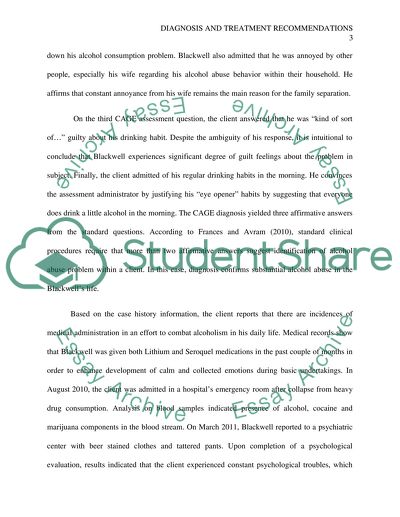Cite this document
(“Diagnosis and Treatment Recommendations Research Paper”, n.d.)
Retrieved from https://studentshare.org/health-sciences-medicine/1474938-diagnosis-and-treatment-recommendations
Retrieved from https://studentshare.org/health-sciences-medicine/1474938-diagnosis-and-treatment-recommendations
(Diagnosis and Treatment Recommendations Research Paper)
https://studentshare.org/health-sciences-medicine/1474938-diagnosis-and-treatment-recommendations.
https://studentshare.org/health-sciences-medicine/1474938-diagnosis-and-treatment-recommendations.
“Diagnosis and Treatment Recommendations Research Paper”, n.d. https://studentshare.org/health-sciences-medicine/1474938-diagnosis-and-treatment-recommendations.


